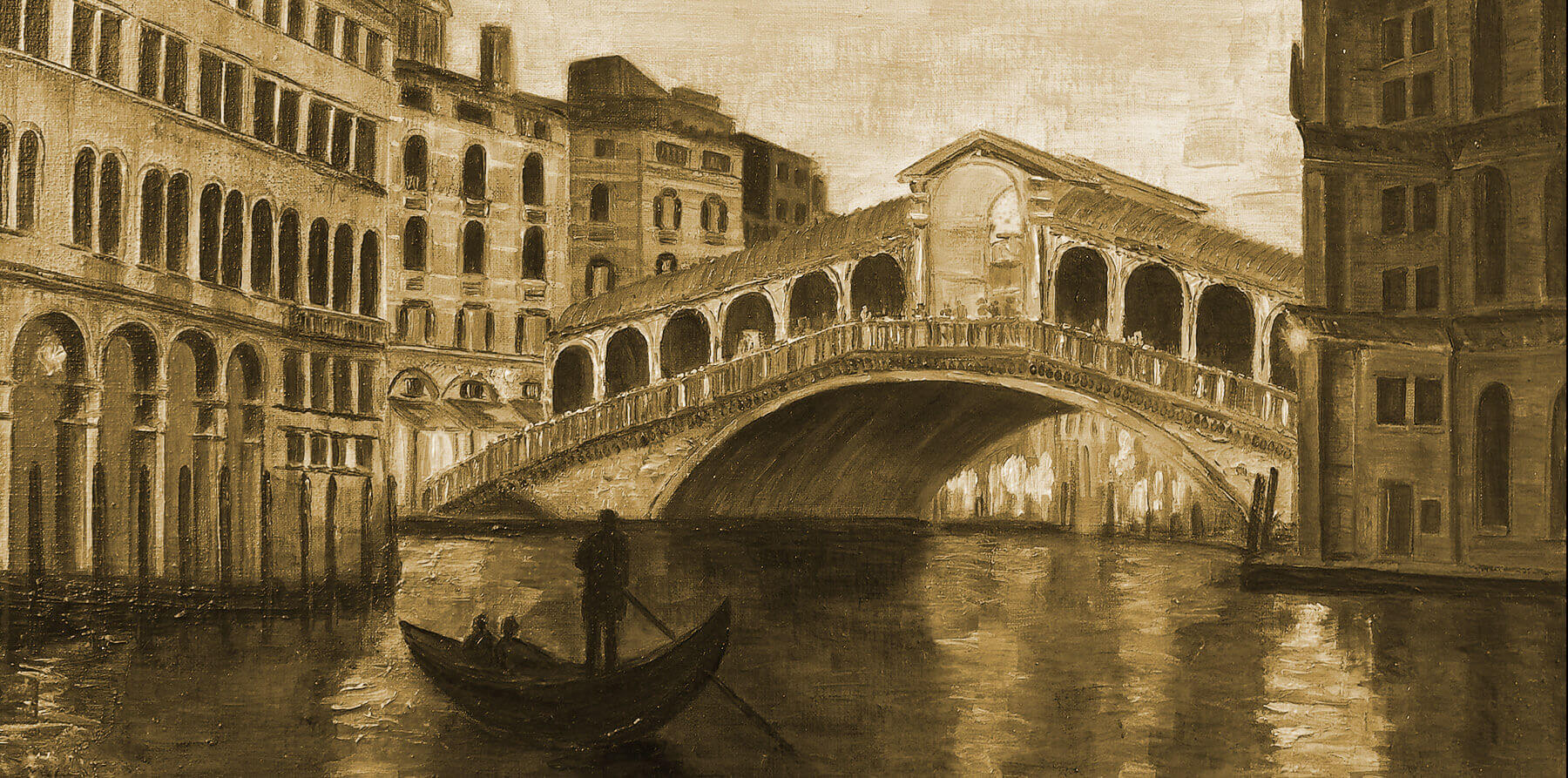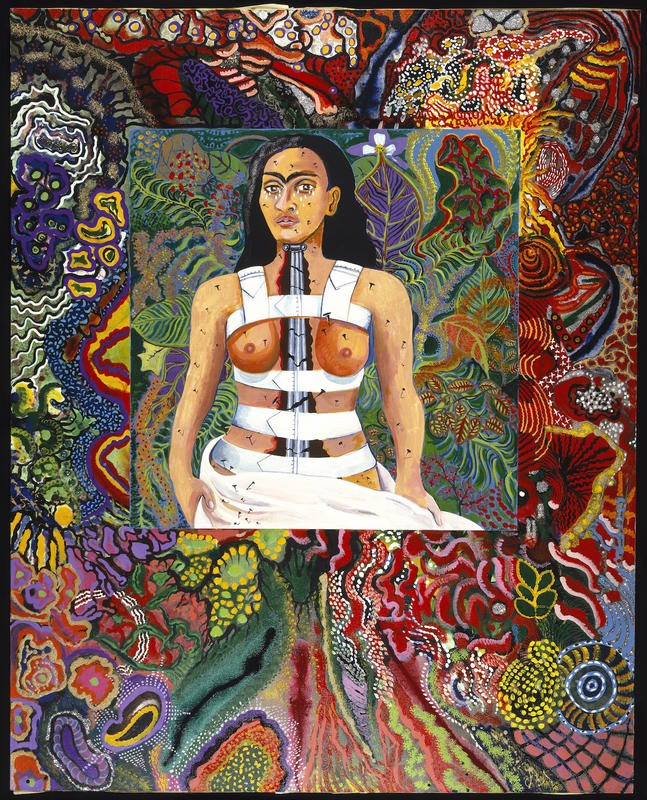More about Agony in the Garden

Contributor
Miriam Schapiro's homage, not a Frida rip-off.
Besides being one of the founders of the Feminist Art Program at CalArts together with Judy Chicago, Miriam was also a leader in the Pattern and Decoration movement. Both feminism and patterns/decorating are still considered to be very femme. Thankfully some guys are finally catching up, feminism is not just for the ladies. Also, your love for decoration does not make you “look gay,” whatever that may be and whatever could possibly be wrong with it.
Anyway, one of Miriam's’ inventions was the “femmage”. These artworks are a combination paint and fabric, which makes the painting look like a collage. Feminine + collage = femmage, DUH. Each artwork was a way to pay homage to artists whose legacy Miriam wanted to preserve. One of her first collaborations, as she called her femmages, was to Mary Cassatt. Mary had been dead for a while, so Miriam obviously didn’t mean collaborating as in literally working together. She used the word as a metaphorical description of her use of the earlier artist's work. For the collaboration with Mary Cassatt she used a cut-out reproduction of her work, later on she would paint everything herself.
That’s exactly what she did for Agony in the Garden. She painted one of Frida Kahlo’s most personal and painful self portraits, Broken Column, but replaced the background with floral patterns, her own signature style.












I like this piece of artwork for its colorful and abstract flora